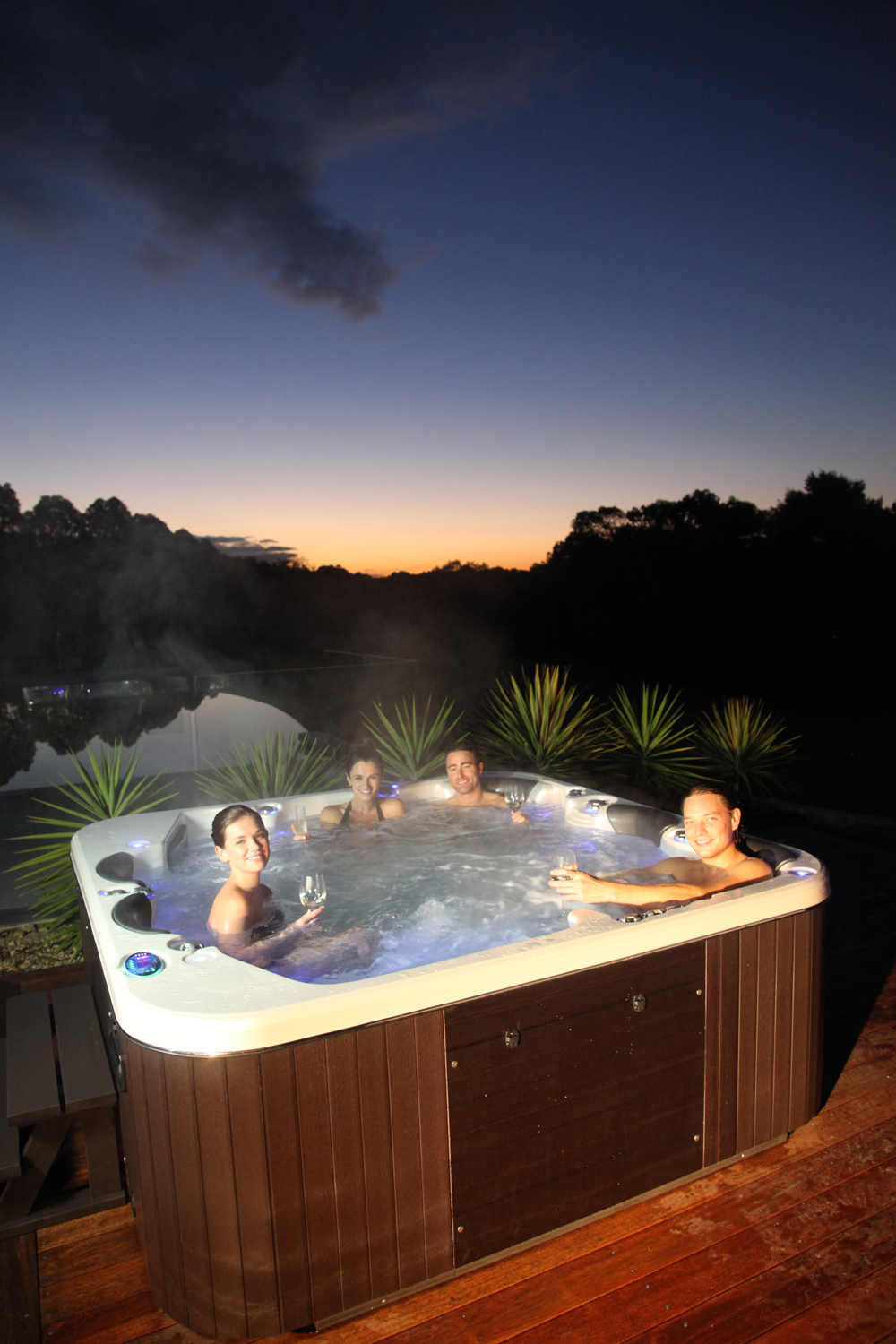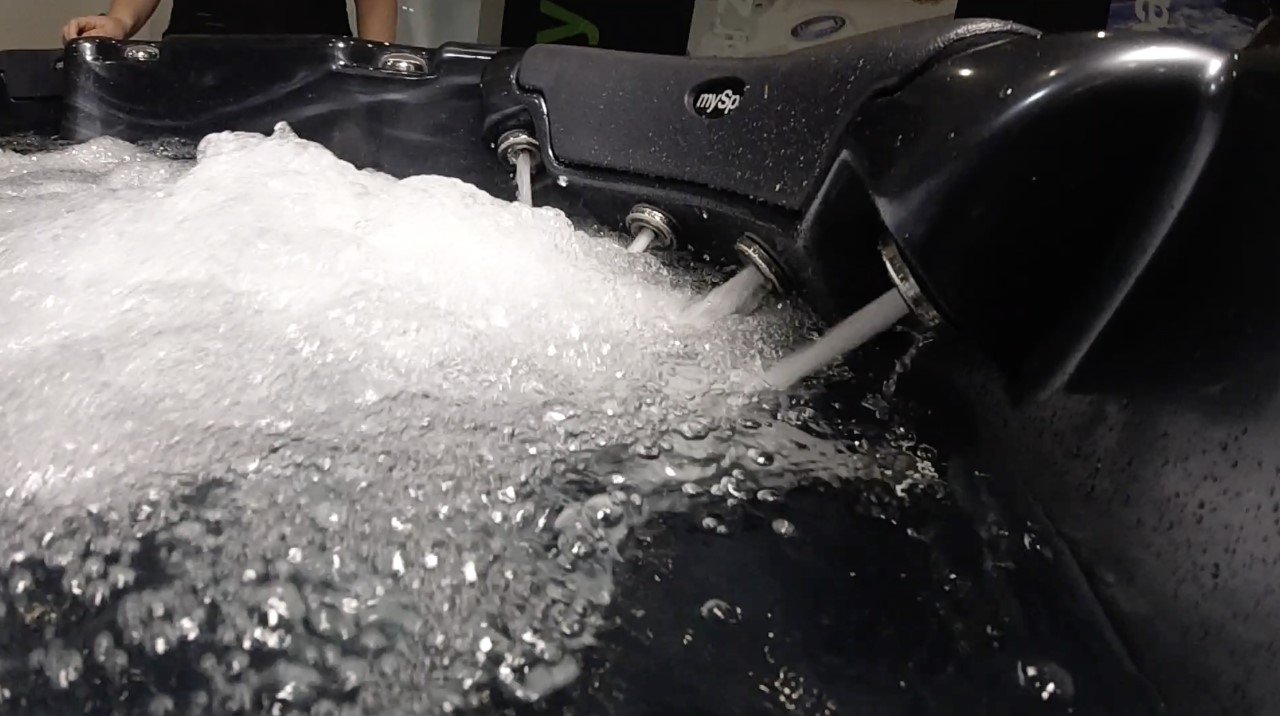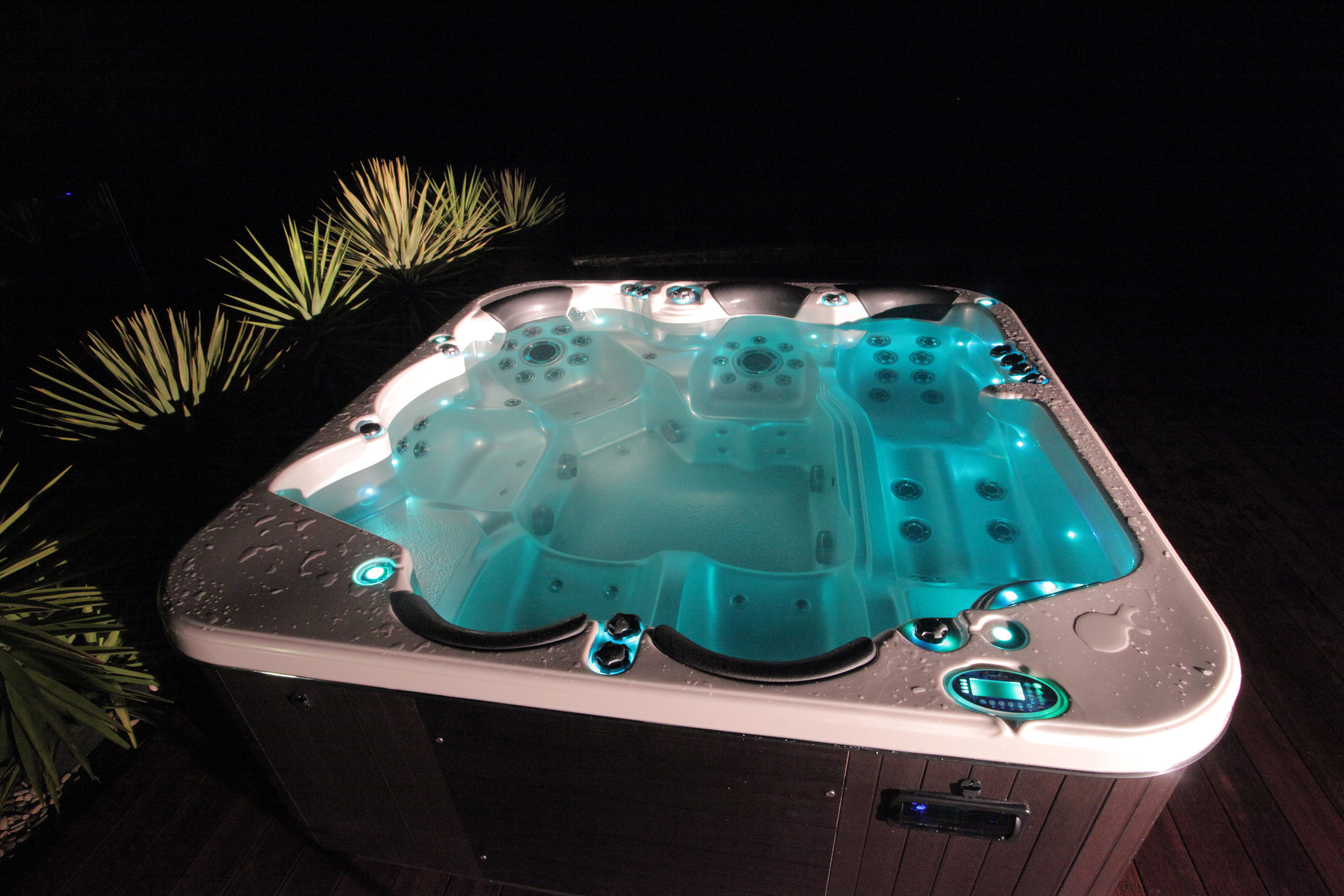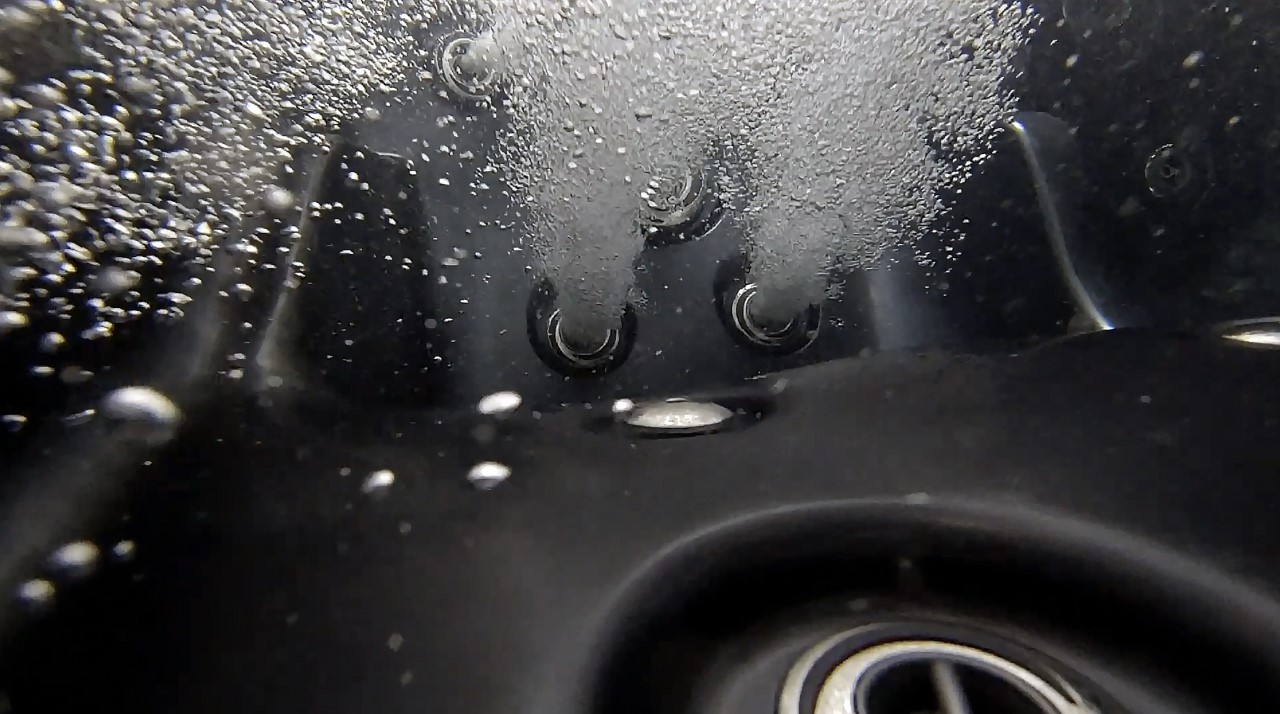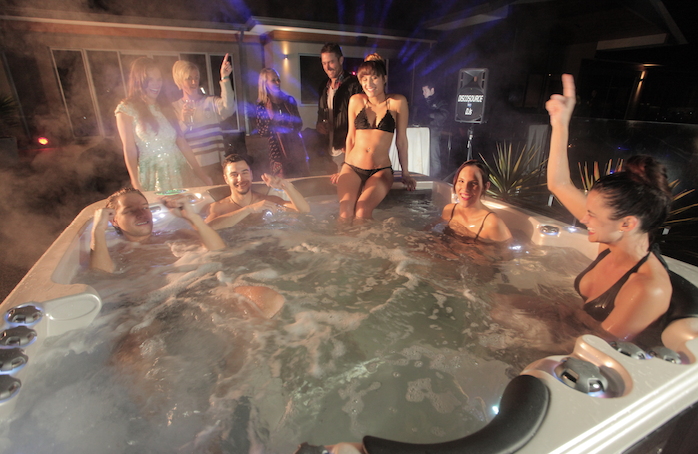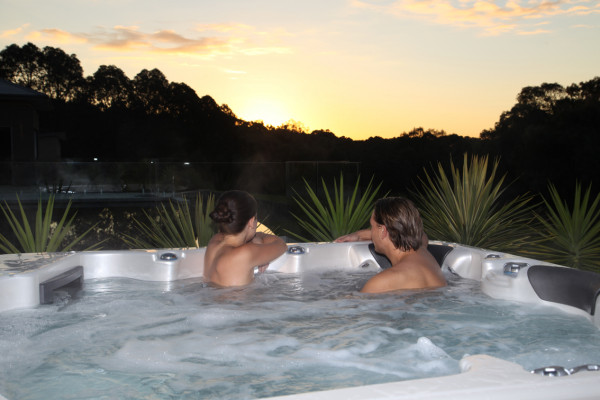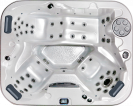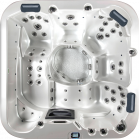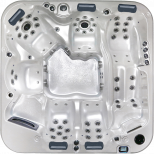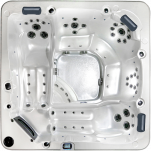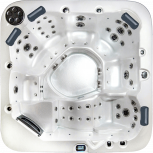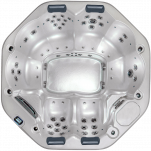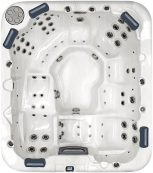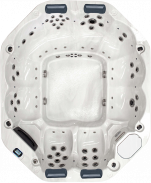Can you use a spa pool or swim spa year-round?
Yes, you can use swim spas and spa pools all year-round. Portable spas are designed to be used in all seasons and weather conditions. In fact, many people prefer to use their spas during the colder months, as it provides a warm and relaxing environment for exercise and therapy.
Spas are equipped with powerful heating systems that can maintain the water temperature at a desired level, regardless of the ambient temperature outside. This means that even in the coldest of winter months, you can still use your spa comfortably.
It’s important to note that proper maintenance and care is required to keep your spa or swim spa operating efficiently year-round. Regularly cleaning and sanitising the water, checking and balancing chemical levels, and ensuring the spa is properly insulated can all help to maintain the spa’s performance and extend its lifespan.
Overall, hot tubs and swim spas offer a versatile and convenient way to enjoy aquatic exercise, therapy, and relaxation year-round, making them a great investment for anyone looking to enhance their overall health and wellness.

